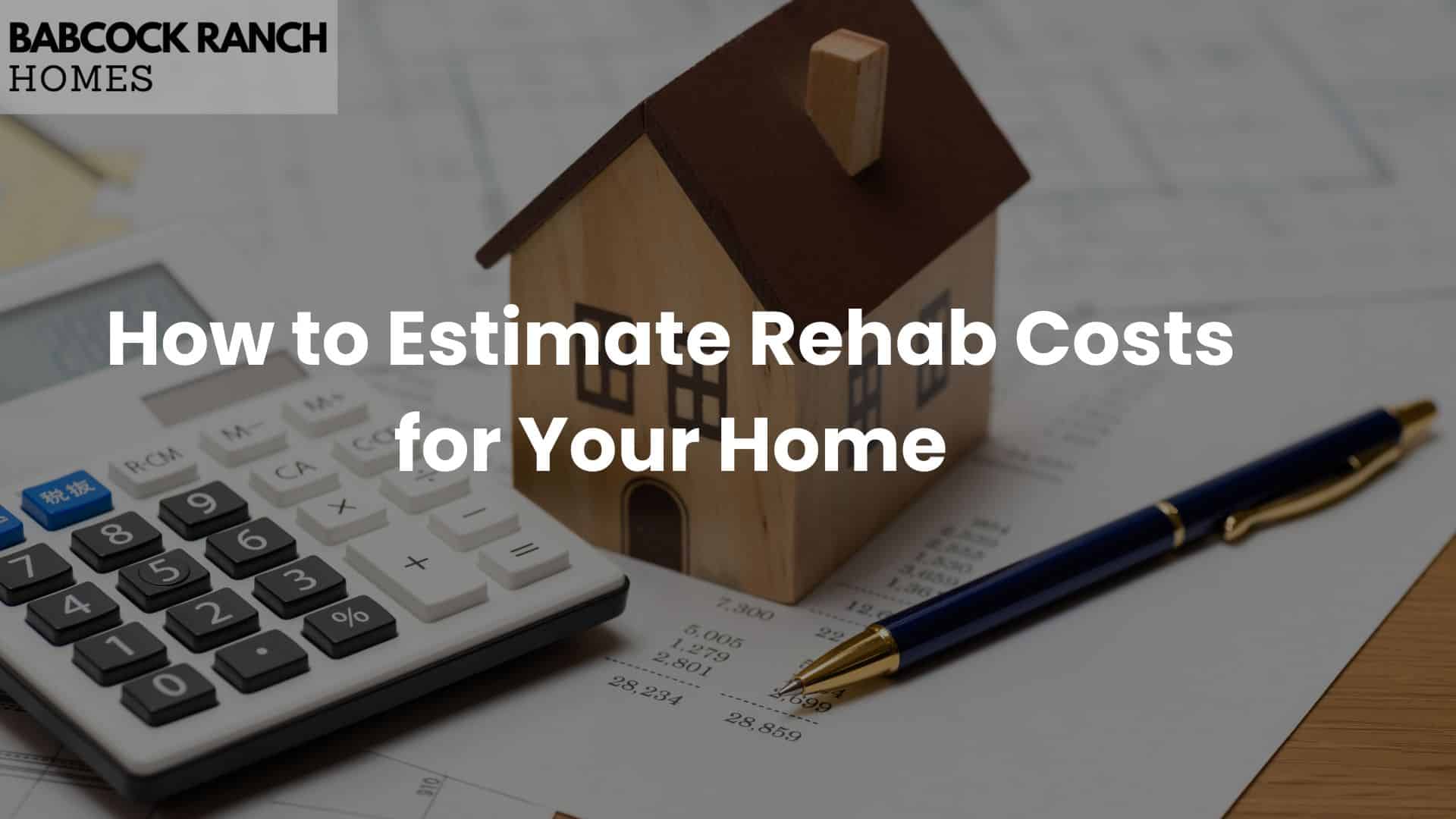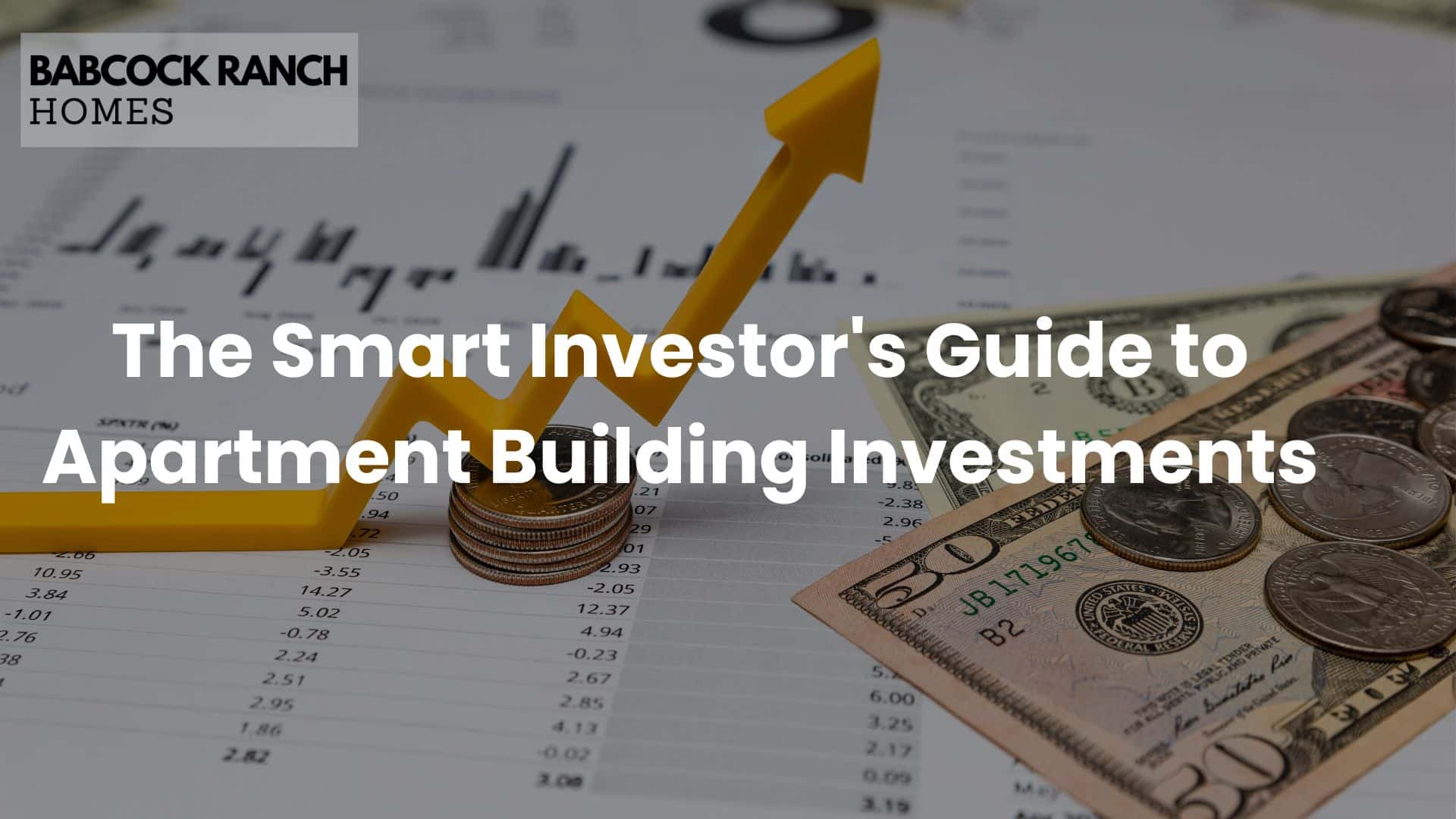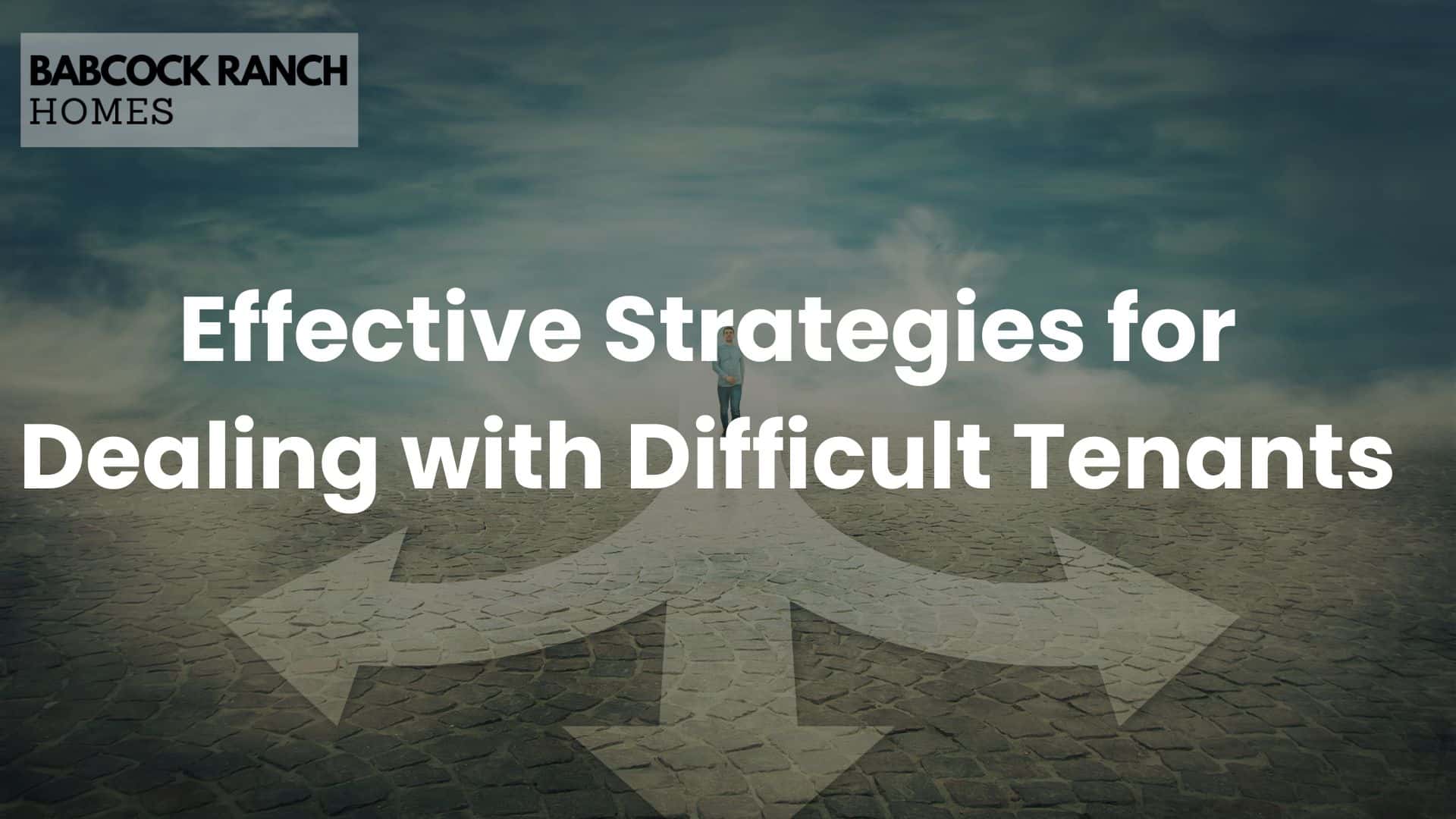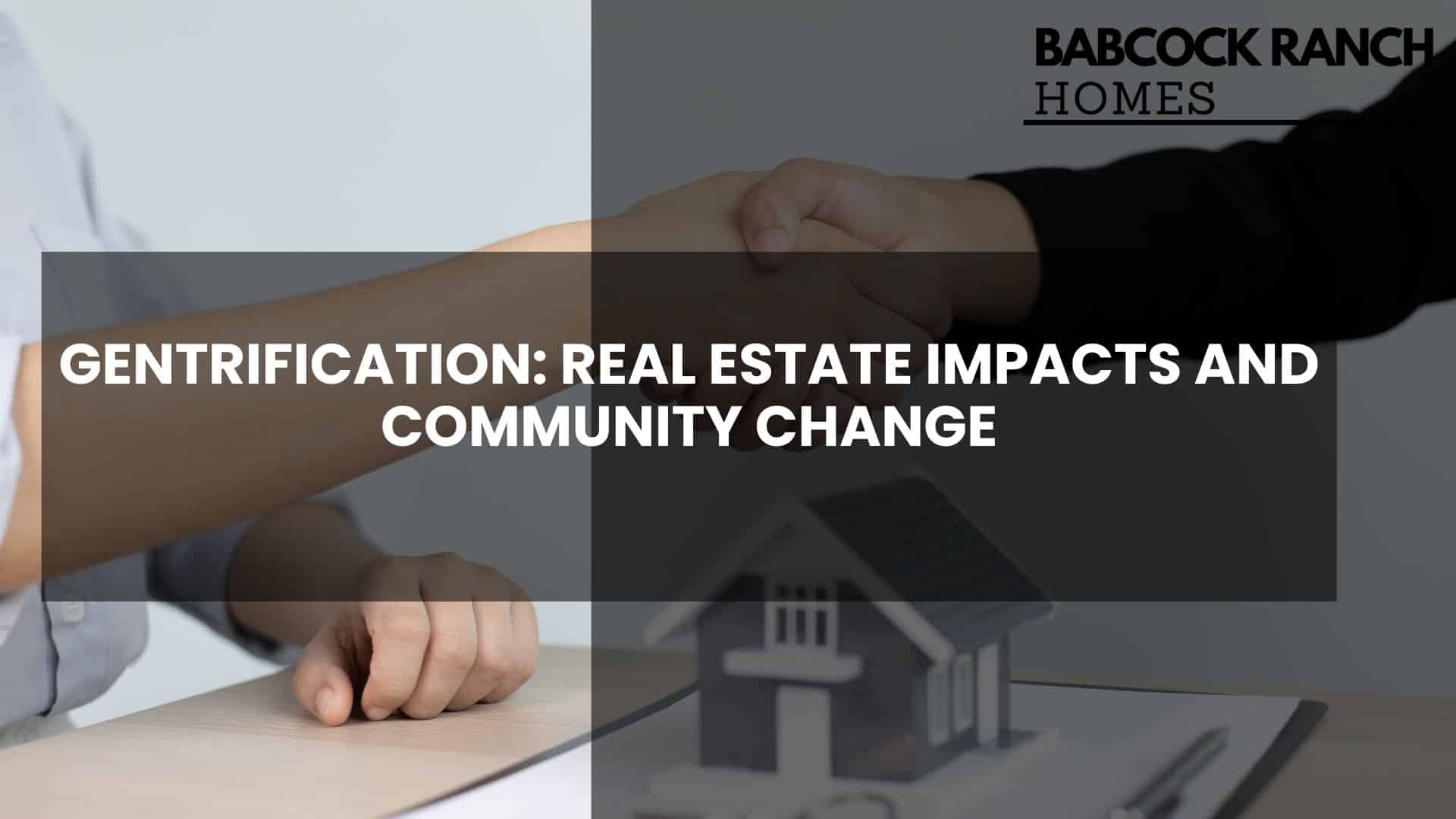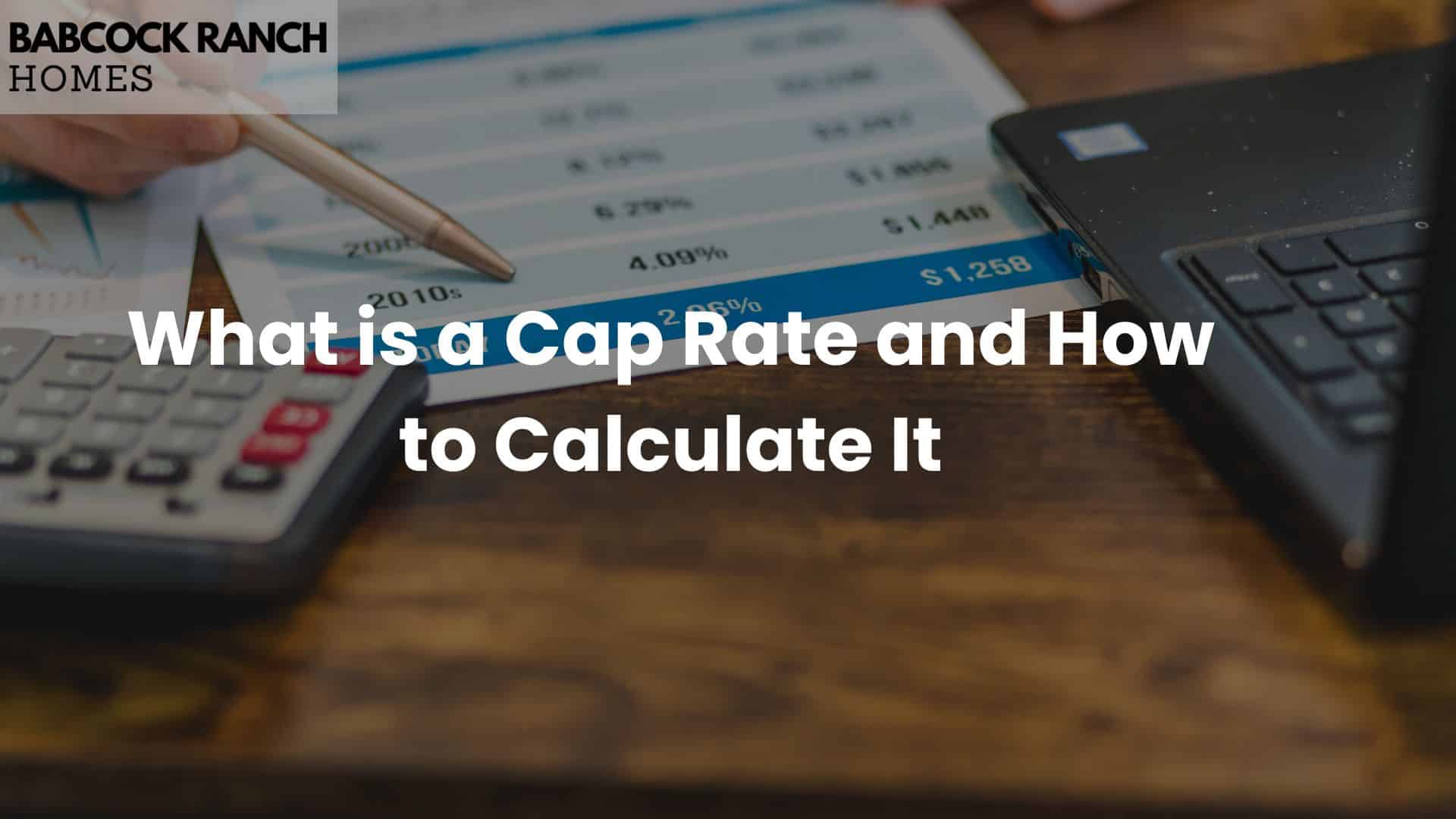
Over 60% of commercial real estate deals rely on capitalization rates to evaluate risk—yet most new investors struggle to grasp this critical metric. Whether analyzing a Miami office tower or a Phoenix apartment complex, this percentage determines if a property aligns with financial goals.
Capitalization rates measure annual returns relative to a property’s value. By dividing net operating income by market price, you gain a snapshot of potential profitability. Lower percentages often signal stable assets, while higher figures may indicate riskier opportunities.
Investors use this tool to compare properties across markets. A 6% rate in San Francisco could outperform a 10% rate in Detroit when factoring in location risks. This standardized approach cuts through complex financial projections.
Unlike cash-on-cash returns or IRR metrics, capitalization rates exclude financing details. They focus purely on income-generating potential. Professionals combine this data with market trends for strategic decisions.
Key Takeaways
- Measures annual return relative to property value
- Calculated using net income divided by market price
- Enables apples-to-apples comparisons across markets
- Higher percentages suggest greater risk potential
- Ignores financing details for pure income analysis
- Serves as foundation for deeper investment evaluation
Introduction to Cap Rates
Commercial real estate comparisons transformed when cap rates entered financial analysis. This metric emerged in the 1930s as brokers sought standardized ways to evaluate properties. Before this, investors struggled to compare apartment buildings with retail spaces or office towers effectively.
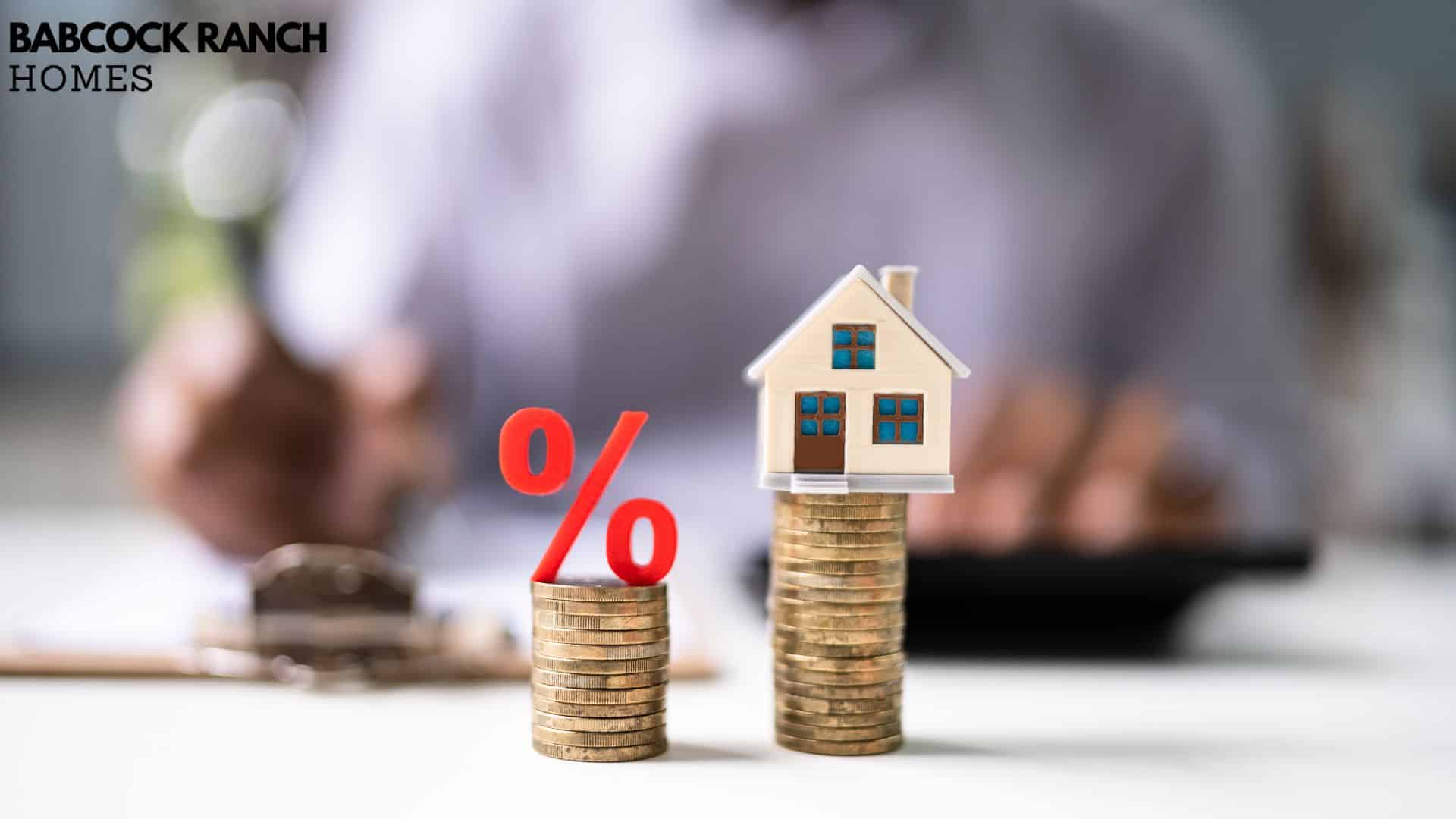
You’ll find cap rates solve a critical problem: leveling the playing field. They let you assess a Miami high-rise against a Phoenix warehouse using one percentage. This approach became essential as institutional buyers entered markets, demanding quick comparisons without deep financial modeling.
Why do professionals favor capitalization rates? They strip away financing variables, focusing solely on income potential. Whether you’re reviewing a REIT portfolio or a local duplex, the calculation remains consistent. It creates a shared vocabulary for discussing risk and reward.
Real estate metrics like cash flow and ROI serve different purposes. Cap rates act as the first filter, helping narrow options before deeper analysis. They reveal how markets value income streams – a 5% rate in Austin tells a different story than 8% in Cleveland.
Investors combine this tool with location trends and expense ratios. It’s not the final word, but the starting point for smarter decisions. You’ll see how this foundational metric shapes everything from acquisitions to portfolio balancing.
Understanding the Basics of Cap Rate
Successful property evaluation begins with mastering core metrics. Capitalization rates stand as a universal benchmark for gauging income-producing assets, cutting through market noise to reveal fundamental value.

Definition of Capitalization Rate
This metric divides annual net operating income by current market value. Net operating income reflects earnings after deducting vacancy losses and management costs. Market value represents the property’s estimated selling price.
Expressed as a percentage, the result shows annual returns without loan considerations. A $500,000 asset generating $35,000 NOI yields a 7% rate. This standardization allows comparing retail spaces with apartment buildings objectively.
Importance in Real Estate Investing
Capitalization percentages act as risk thermometers. Markets with 3-5% rates often feature stable, high-demand properties. Areas showing 10%+ returns typically involve higher vacancies or economic challenges.
Investors use these figures to estimate payback periods. A 8% rate suggests 12.5 years to recoup capital through income alone. This quick assessment helps filter opportunities matching financial timelines.
Portfolio managers leverage rates to balance risk across regions. Combining low-rate stability plays with high-yield turnaround projects creates diversified exposure. The metric becomes particularly powerful when tracking neighborhood trends over time.
Key Factors Influencing Cap Rates in Real Estate
Multiple elements shape capitalization percentages in property investments, creating distinct risk-reward profiles across markets. Location, physical state, income streams, and expense management form the core drivers investors scrutinize.

Property Location and Condition
Neighborhood characteristics heavily influence investor confidence. Properties near transit hubs or thriving business districts often see lower capitalization rates due to predictable demand. Outlying areas with limited amenities typically require higher returns to offset perceived risks.
Building quality directly impacts valuation. Updated HVAC systems and modern finishes reduce deferred maintenance costs, attracting buyers willing to accept modest yields. Properties needing major repairs often trade at elevated rates to compensate for renovation expenses.
Operating Income and Expense Analysis
Rental performance determines a property’s income potential. High occupancy rates and diversified revenue streams—like parking fees or laundry services—boost net operating income. This strengthens the numerator in cap rate calculations, lowering the overall percentage.
Cost control remains equally critical. Rising property taxes or insurance premiums erode profits, pushing capitalization rates upward. Savvy investors negotiate service contracts and implement energy-efficient upgrades to stabilize expenses over time.
Calculating Cap Rate Step-by-Step
Accurate cap rate calculations separate seasoned investors from novices in property analysis. This process requires meticulous attention to income streams and market dynamics. Follow these actionable steps to evaluate investments with precision.
Determining Net Operating Income
Start by listing all revenue sources for the asset. Include base rents, parking fees, and vending machine income. Subtract operating costs like maintenance, property taxes, and insurance premiums.
Apply realistic vacancy assumptions. Most professionals deduct 5-10% from gross income to account for unoccupied units. This adjustment creates a clearer picture of actual earnings potential.
- Add recurring revenue streams
- Deduct management fees and repair costs
- Adjust for expected vacancy losses
Assessing Current Market Value
Never use historical purchase prices. Research recent sales of similar properties in the area. Analyze price trends through commercial databases or broker reports.
Consider three valuation approaches:
- Comparable sales data
- Professional appraisals
- Income capitalization models
Cross-reference these methods to identify realistic pricing. Market value directly impacts your final percentage calculation, making this step critical for reliable results.
Cap Rates Across Different Asset Classes
Property sectors show striking differences in capitalization percentages. Recent data reveals multifamily assets at 6.1% nationally, while industrial spaces command 7.6%. These variations reflect distinct risk appetites and economic drivers shaping each sector.
Multifamily and Commercial Office Trends
Apartment buildings often attract lower rates due to steady rental demand. Housing needs remain consistent despite economic shifts, creating predictable cash flows. Tenants typically sign shorter leases, allowing quicker rent adjustments to market conditions.
Office properties face greater volatility. Premium downtown towers with creditworthy tenants secure lower rates than older suburban buildings. Remote work trends and energy efficiency standards now heavily influence long-term valuations in this sector.
Industrial and Retail Comparisons
Warehouses benefit from e-commerce growth, driving cap rates below 8% in prime logistics hubs. These facilities require less tenant turnover costs compared to retail spaces. Investors value their role in global supply chains and last-mile delivery networks.
Traditional retail faces higher rates as anchor tenants downsize. Successful strip malls adapt by adding service-oriented businesses like gyms or medical offices. Neighborhood centers with essential services often outperform large regional malls in current markets.
Impact of Macroeconomic Factors on Cap Rates
Global financial shifts reshape real estate valuations through capitalization percentages. When central banks adjust monetary policies, property markets react within months. These changes create ripples affecting investor strategies nationwide.
Interest Rate Effects
Higher borrowing costs directly influence return expectations. As the Federal Reserve raised rates through 2024, financing expenses climbed 15-20% for commercial loans. Investors now demand higher yields to offset these expenses, pushing capitalization percentages upward.
Consider this relationship: when 10-year Treasury yields rise 1%, capitalization rates typically follow with 0.5-0.75% increases. This correlation forces asset repricing across sectors. Multifamily properties saw 0.4% rate jumps as debt became costlier.
Economic and Market Trends
Strong GDP growth often lowers capitalization percentages. Robust economies boost tenant demand, allowing landlords to increase rents. Low unemployment (below 4% in 2024) supports stable occupancy rates, reducing income volatility.
Three key indicators shape market cycles:
- Rent growth projections
- Consumer spending patterns
- Construction pipeline volumes
During economic contractions, investors seek safer assets, compressing rates for prime properties. Conversely, uncertainty expands capitalization percentages as buyers hedge against potential income declines. Tracking these patterns helps identify strategic entry points.
Comparing Cap Rates Between Markets
Geographic disparities in real estate returns reveal critical insights for strategic acquisitions. Q3 2024 data highlights multifamily cap rates ranging from 4.50% in San Francisco to 6.80% in Chicago, contrasting with the 6.10% national average. These variations stem from localized economic forces shaping investor confidence.
Urban versus Suburban Analysis
City centers often trade at lower percentages despite premium pricing. Dense employment hubs like Manhattan attract institutional buyers seeking stable cash flow, compressing rates below suburban counterparts. High walkability scores and transit access further reduce perceived risks in urban cores.
Suburban properties frequently show elevated returns to offset volatility. Markets with limited public infrastructure or single-industry economies demand higher yields. For example, Phoenix suburbs might offer 7.5% rates compared to downtown Los Angeles at 5.00%.
Three elements drive these disparities:
- Job market diversity across regions
- Zoning restrictions impacting supply
- Tenant retention rates in specific areas
Investors cross-reference local data with broader trends. While urban assets promise stability, emerging suburbs occasionally deliver value-add potential. Always verify occupancy histories and municipal development plans before drawing conclusions.
Exploring what is a cap rate and Its Investment Implications
Investment decisions demand careful balance between risk and potential rewards. Cap rates act as financial compasses, guiding you toward properties matching your risk tolerance and timeline. Higher percentages often signal assets needing longer time horizons but offering lower entry points—ideal for investors with patient capital.
Context remains king when evaluating these metrics. A 9% rate in a revitalizing neighborhood might outperform a 6% asset in stagnant markets. Always cross-reference rates with local employment trends and infrastructure developments to gauge true potential.
Remember, these percentages don’t account for value-add opportunities or financing strategies. A property’s current rate provides a snapshot, not the full movie. Savvy investors combine this data with renovation potential and loan terms to uncover hidden value.
While 4-12% ranges serve as general benchmarks, your strategy determines what’s favorable. Short-term flippers might prioritize different metrics than long-term holders. Use cap rates as starting points, not final verdicts, when building your portfolio.





